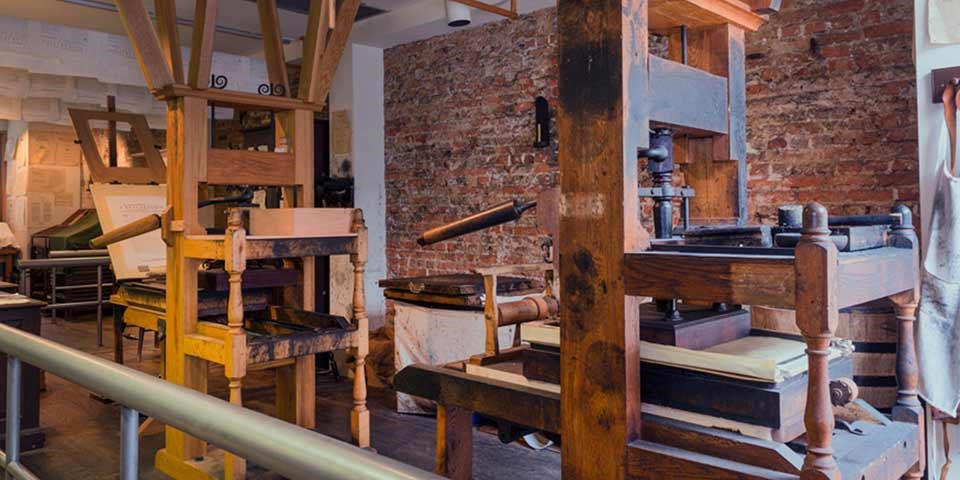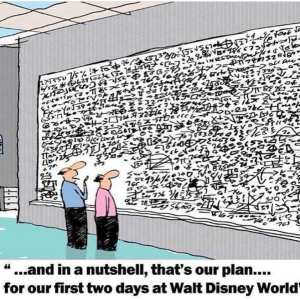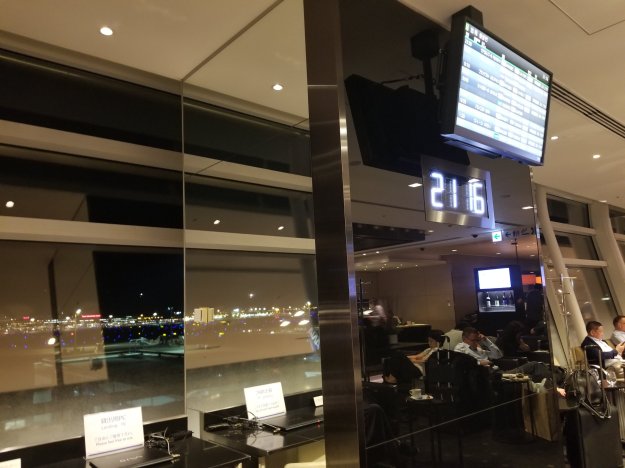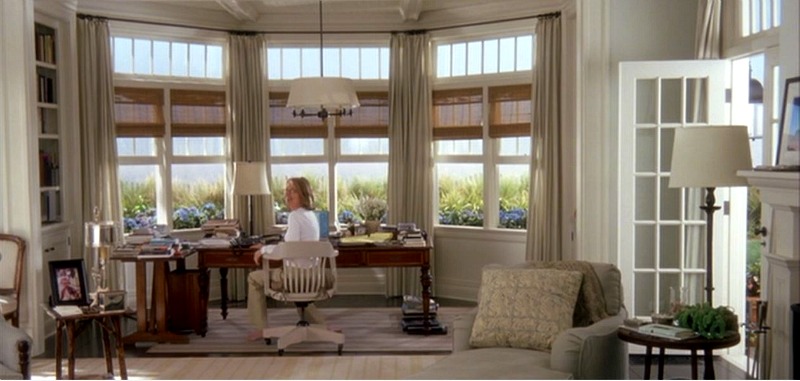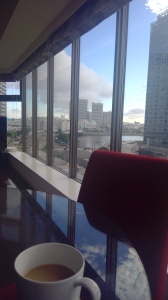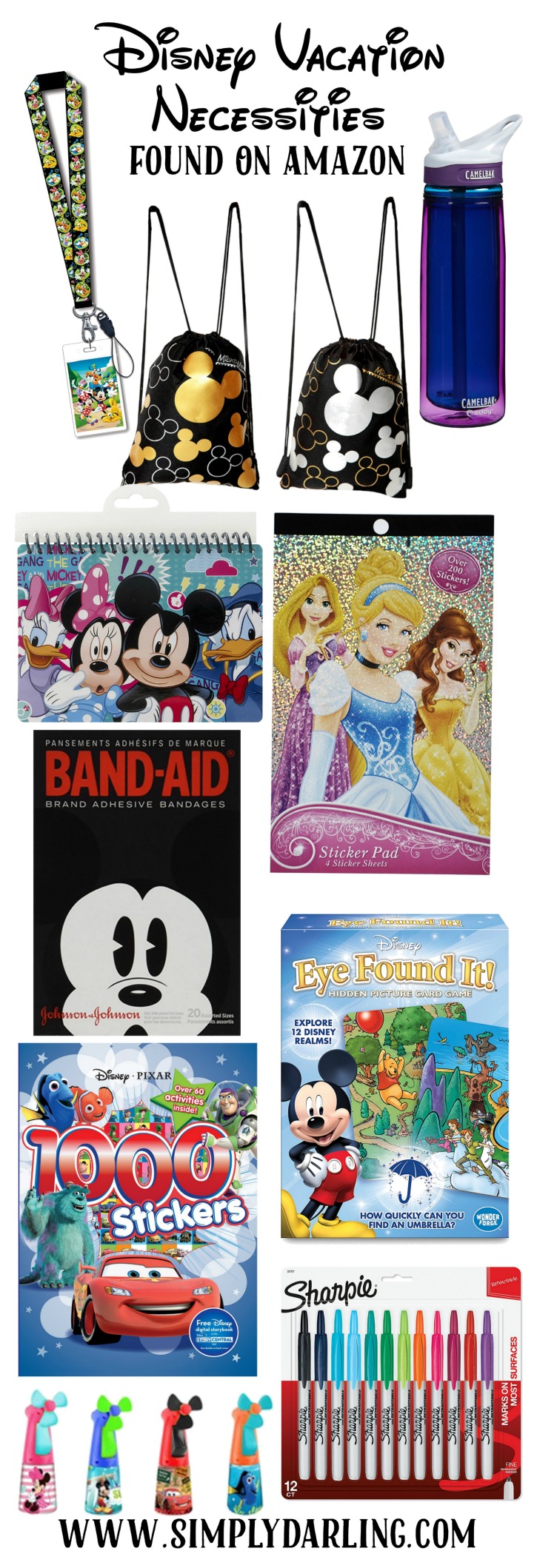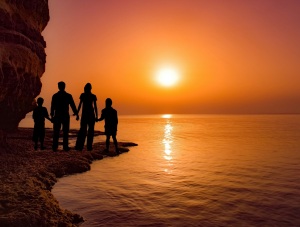We’ve now confirmed that our assignment will end in three months. This is what we expected, so although we would have loved to stay another year, we’re excited to begin another adventure.
Living in Japan has prepared us for things we wouldn’t have considered before and I’m looking forward to testing how we might translate back in the states:
One-bedroom living: We’ve had a two-bedroom here in Japan but the second bedroom has functioned as a closet for DH and a pass-through to the balcony (which is located off the bedrooms rather than the living area). In the states, most apartments I’ve looked at have much larger closets and balconies off the living area, so it’s foreseeable that a one-bedroom will meet our needs and save us money to allow for …
Airplane travel: living on an island has meant that wherever we go requires a flight. I used to much prefer a road trip — even a 12-hour one — to a flight whenever possible. Part of that is the TSA process and part of it is the discomfort of the coach seats. I’ve discovered in my year of foreign assignment that I love airports and even after logging about 100,000 miles, I still love flying — even in coach. I’ve now acquired global entry ID along with the pillow, socks, eye mask, noise-cancelling ear buds, and foot hammock that make even the most uncomfortable flights tolerable even for long-hauls. (Everywhere I’ve flown has been at least 6 hours, most in the 10-12 hour range, and some as long as 18 hours.) I’m looking forward to testing my flying chops in the states for weekend adventures.
Biking: parking and driving are both expensive in Japan and although the trains are magical, they’re below ground. We’ve really loved having bicycles and use them every weekend to head out on adventures (or just to run errands or visit friends). Electric bikes here are very common and very affordable, so even a really long or hilly ride is quite doable. We’re planning to take our bikes back to the states (if we can figure out how to transport the batteries). We’re looking forward to finding a bikeable neighborhood to drive less and see more.
Walking: Whether driving, biking, or taking the train to your final destination; you’re going to be walking in Japan. Our town (actually all of Japan) is built around pedestrians not cars, so sidewalks and footbridges are part of the design process. Our current walk-score is 99 out of 100. One of our main criteria for our next apartment location is walkability. The US lags in this area (definitely a country built for its cars) but there are pockets of walkability in almost every city we’re looking in.

